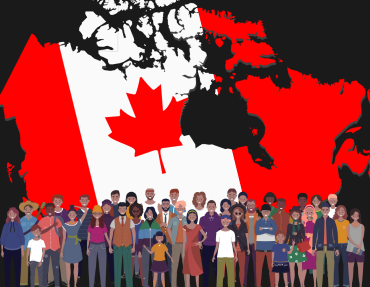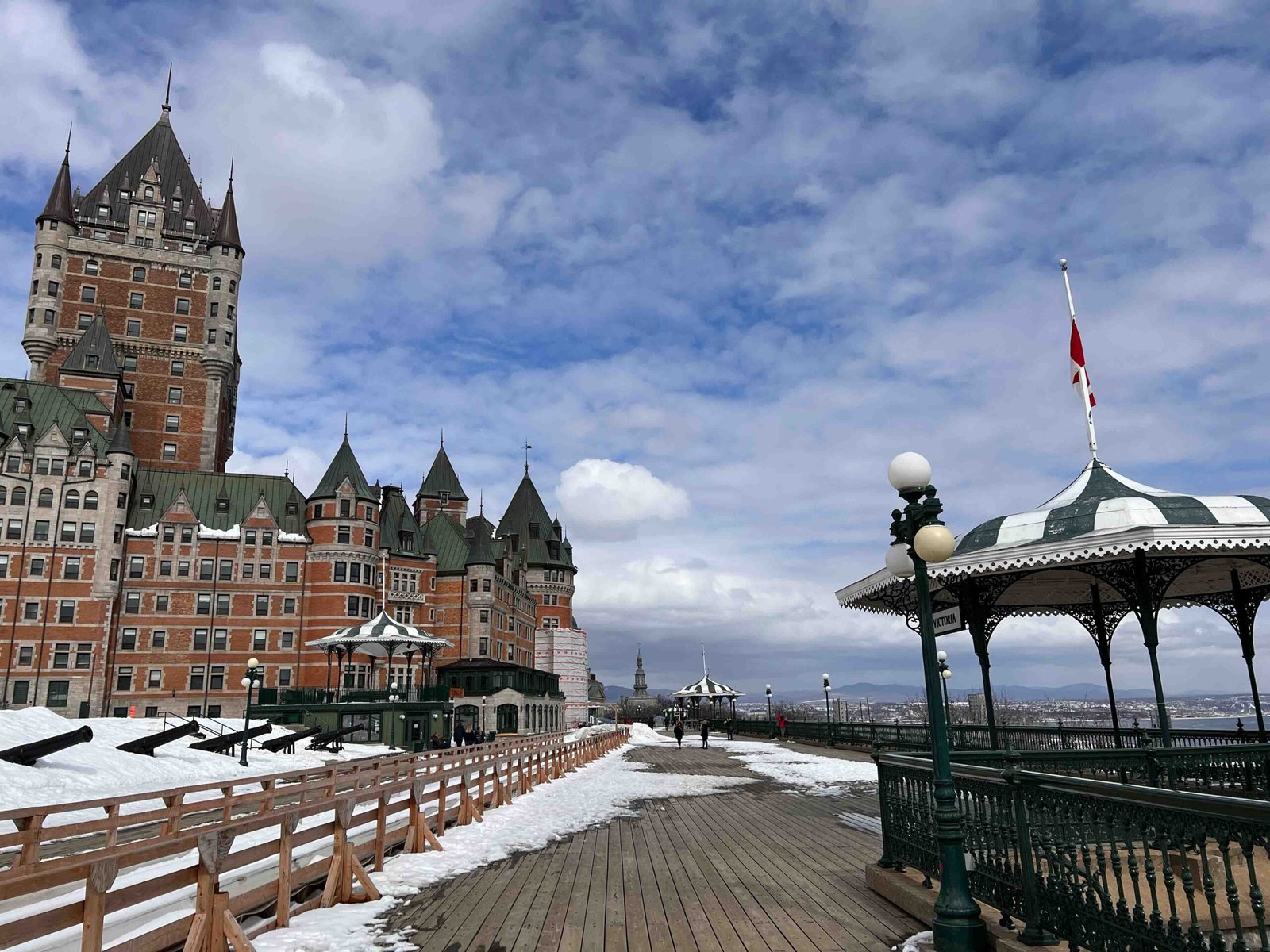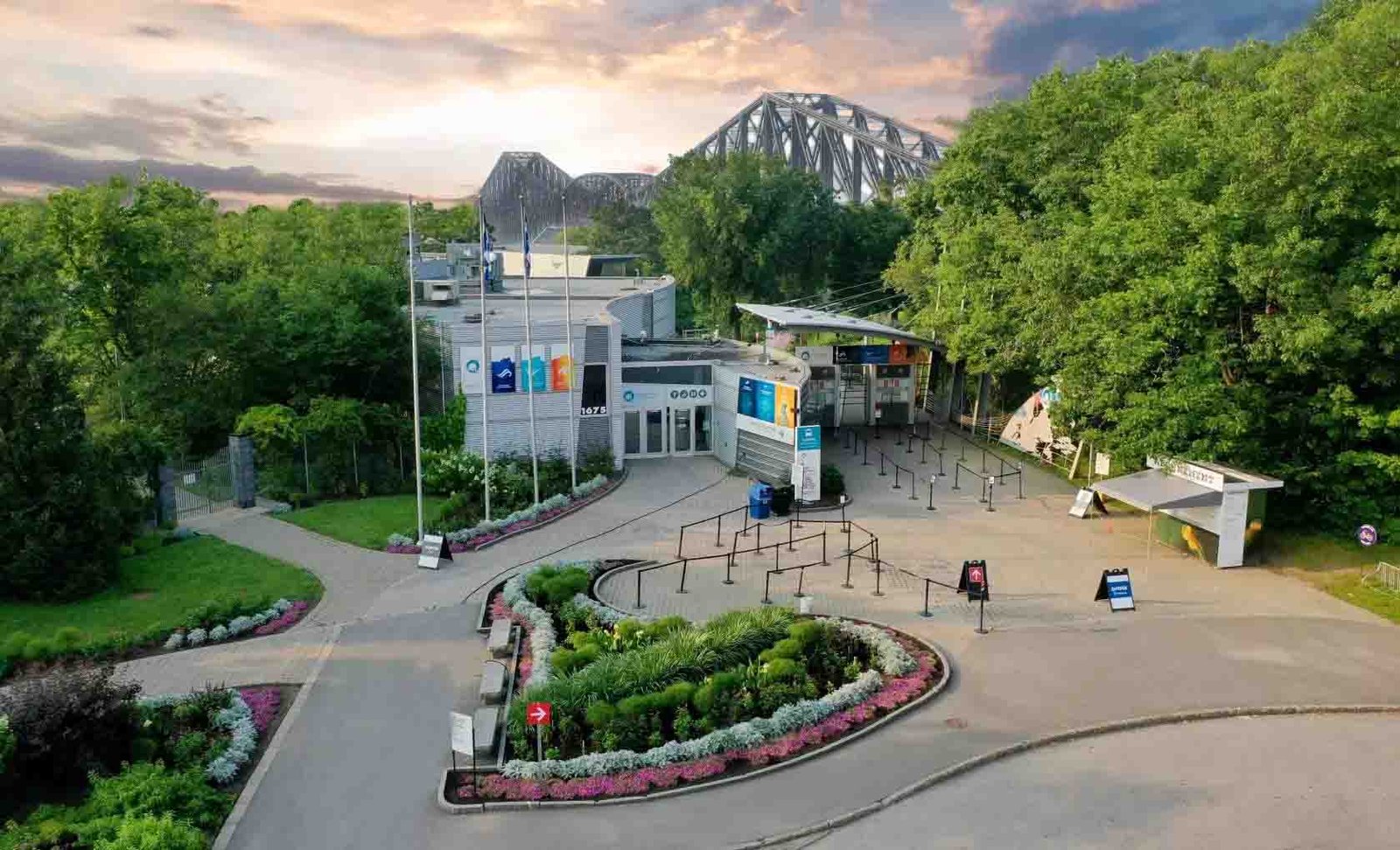Welcome to the tale of Prince Edward Island, Canada’s Garden Province. This small island, located in the Gulf of St. Lawrence, has a rich history and is known for its stunning landscapes and welcoming communities. Over the years, the population of PEI has grown significantly, with factors such as immigration and economic development contributing to this growth. Today, the island boasts a diverse population, with residents hailing from all over the world and speaking a variety of languages. In this article, we will explore the history and growth of Prince Edward Island, as well as the factors that have contributed to its current population makeup. We will also look at what the future may hold for this unique and beautiful island.
Introducing Prince Edward Island: Canada’s Garden Province
Prince Edward Island, also known as PEI, is a province in Canada that is often referred to as the “Garden Province” due to its beautiful landscapes and lush greenery. The island is located on the east coast of Canada and is the smallest province in the country, both in terms of land area and population. Despite its small size, Prince Edward Island has a lot to offer visitors and residents alike. The island is known for its stunning beaches, delicious seafood, and rich cultural heritage. The capital city of Charlottetown is a popular destination for tourists, with its charming historic district and vibrant arts scene. Outside of the city, there are numerous quaint villages and towns that offer a glimpse into the island’s rural way of life. Agriculture plays a significant role in PEI’s economy, with potatoes being the most important crop grown on the island. However, the province is also home to a thriving tourism industry and a growing tech sector. Overall, Prince Edward Island offers a unique blend of natural beauty, cultural richness, and economic opportunity that makes it an attractive place to live, work, and visit.
A Brief History of Prince Edward Island
Prince Edward Island, located in eastern Canada, has a rich and diverse history. The island was originally inhabited by the Mi’kmaq people, who had lived there for thousands of years before the arrival of European settlers. In 1534, French explorer Jacques Cartier named the island “Île Saint-Jean,” but it wasn’t until the 1700s that Europeans began to settle on the island. In 1763, the island was ceded to Britain by France, and it became known as St. John’s Island. In 1799, the island was renamed Prince Edward Island in honour of Prince Edward Augustus, the Duke of Kent and Strathearn.
Throughout the 19th century, Prince Edward Island experienced economic growth through agriculture and fishing. However, political tensions between the British colonial government and the local population led to several rebellions in the mid-1800s. In 1873, Prince Edward Island became a province of Canada, after agreeing to join Confederation in exchange for the federal government paying off its debts.
During the early 20th century, Prince Edward Island faced economic challenges due to declining agricultural prices and limited transportation infrastructure. The island’s population declined as many young people moved to other parts of Canada or the United States in search of better opportunities. However, in recent years, Prince Edward Island has experienced a resurgence in population growth and economic development, thanks in part to increased tourism and investment in sectors such as technology and bioscience.
Population Growth in Prince Edward Island Over the Years
Prince Edward Island (PEI) has experienced significant population growth over the years. In 2019, the population of the island was approximately 157,000, which is a substantial increase from the 2006 census figure of just over 135,000. The population growth in PEI has been consistent and steady, with an average annual growth rate of 0.5% over the past decade. This growth can be attributed to several factors, including immigration, increased birth rates, and improved healthcare facilities. In recent years, PEI has become an attractive destination for immigrants due to its high quality of life, excellent education system and employment opportunities. The government has also implemented various policies aimed at attracting more immigrants to the island, such as the Provincial Nominee Program. Additionally, the island’s economy has been growing steadily, creating more job opportunities and increasing the demand for workers. This growth has also led to an increase in the number of young families moving to PEI, which has contributed to a rise in birth rates. Improved healthcare facilities have also played a role in population growth by providing better access to medical services and improving overall health outcomes. Overall, the population growth in PEI is a positive sign of progress and development on the island. However, it is essential to ensure that this growth is sustainable and does not lead to any negative impacts on the environment or quality of life for residents.
Factors Contributing to the Population Growth in PEI
Prince Edward Island (PEI) has experienced a steady population growth over the years, with the current population standing at over 157,000. There are several factors contributing to this growth. Firstly, the island’s economy has been steadily growing, creating more job opportunities and attracting people from other parts of Canada and the world. The government has also implemented policies aimed at attracting skilled workers to the island to address labour shortages in various sectors such as healthcare, education, and technology. Additionally, PEI has a welcoming and inclusive community that embraces diversity, making it an attractive place for people from different backgrounds to settle.
Another factor contributing to population growth in PEI is its affordable cost of living compared to larger cities in Canada. Housing prices are relatively low, and basic necessities such as food and transportation are affordable. This affordability attracts retirees who want to enjoy their retirement without breaking the bank. Furthermore, PEI’s healthcare system is accessible and of high quality, which is an important consideration for retirees.
Lastly, immigration plays a significant role in the population growth of PEI. The province has various programs aimed at attracting immigrants and helping them settle into their new communities. These programs include offering support services such as language training, employment assistance, and access to social services. Moreover, PEI’s Provincial Nominee Program offers a pathway for skilled workers and entrepreneurs to obtain permanent residency in Canada by investing in the province’s economy.
In conclusion, several factors contribute to the population growth in PEI, including a growing economy, government policies aimed at attracting skilled workers, affordability, welcoming communities, and immigration programs. These factors make PEI an attractive place to live, work, and raise a family.
The Distribution of Population Across Prince Edward Island
Prince Edward Island is the smallest province in Canada, and its population is unevenly distributed across the island. Charlottetown, the capital city, is the most populous area with over 36,000 residents. The neighbouring city of Summerside has a population of around 15,000 people. These two cities are the only urban centres on the island and account for almost half of the total population. The rest of the population is spread out across the rural areas of the island. There are smaller towns and villages scattered throughout Prince Edward Island, such as Montague, Souris, and Kensington, each with populations ranging from 1,000 to 2,500. In contrast, there are also many small communities with fewer than 100 people. These communities are often located along the coastline or in remote areas of the island. The distribution of population across Prince Edward Island is influenced by factors such as economic opportunities, access to services and amenities, and proximity to family and friends. In recent years, there has been an effort to encourage more people to live in rural areas through initiatives such as the Rural and Remote Immigration Pilot Program. This program aims to attract immigrants to smaller communities by providing them with support and resources to help them settle in and contribute to their new communities. As a result, it will be interesting to see how the distribution of population across Prince Edward Island evolves in the coming years.
A Diverse Population: Ethnicity and Language in PEI
Prince Edward Island (PEI) is not only known for its scenic beauty and rich history, but it also boasts a diverse population. The island has a mix of ethnicities, including British, Scottish, Irish, French, and Indigenous peoples. Over the years, the island has welcomed immigrants from various countries such as China, India, and the Philippines. As a result, the island’s population has become more diverse in terms of culture and ethnicity. With this diversity comes a variety of languages spoken on the island. English is the predominant language spoken by Islanders; however, there are also communities that speak French and Mi’kmaq, an indigenous language. In recent years, the number of people speaking languages other than English or French has increased. Mandarin and Tagalog are among the most commonly spoken languages on the island after English and French.
The diverse population in PEI brings many benefits to the island’s economy and social life. Different cultures bring different perspectives and ideas that can help in shaping the island’s future positively. However, like any other place with diversity, there can be challenges in ensuring that everyone feels included and valued. The government of PEI has implemented programs to support newcomers to integrate into society and help them settle in comfortably.
Overall, PEI’s diverse population is a significant aspect of what makes it a unique place to live in Canada. The mix of cultures and languages creates an environment where people can learn from each other and celebrate their differences.
Future Prospects: What Does the Future Hold for PEI’s Population?
As Prince Edward Island continues to grow and diversify, what does the future hold for its population? The island’s population is expected to continue to increase, albeit at a slower rate than in recent years. However, the province will need to address several challenges to ensure that growth is sustainable. One such challenge is the aging population. Like many other parts of Canada, Prince Edward Island has an aging population, with more people over the age of 65 than under the age of 15. This demographic shift presents challenges for healthcare and social services and could lead to labour shortages in some sectors. To address these challenges, the province will need to attract and retain more young people and immigrants. Fortunately, PEI has made progress in this area in recent years, with programs like the Provincial Nominee Program helping to attract new residents. Another key challenge facing PEI’s population is climate change. Rising sea levels and increasingly severe weather events could threaten coastal communities and infrastructure. To mitigate these risks, the province will need to invest in adaptation measures such as flood defences and building codes that take into account climate change projections. Overall, while there are challenges ahead, there are also opportunities for Prince Edward Island’s population to continue to grow and thrive in the coming years.
As we come to the end of our journey exploring Prince Edward Island, it is clear that this province has a rich history, a diverse population and a promising future. The factors contributing to the population growth in PEI have made it an attractive place for individuals and families alike, and the distribution of population across the island ensures that every corner of PEI has its own unique identity. However, as we look towards the future, it is important to reflect on how this growth will impact the island’s natural resources and infrastructure. It is crucial that we find ways to sustainably accommodate the increasing population while preserving the island’s natural beauty. As we continue to discover Prince Edward Island, let us also consider how we can contribute to its growth and development in a responsible and sustainable way.
Population in province:
Alberta, British Columbia, Manitoba, New Brunswick, Newfoundland and Labrador, Nova Scotia, Ontario, Prince Edward Island, Quebec, Saskatchewan






Pingback: What is the population in Canada? – Things to do in Canada
Pingback: Population in Saskatchewan, Canada – Things to do in Canada
Pingback: Population in Newfoundland and Labrador, Canada – Things to do in Canada
Pingback: Population in Alberta, Canada – Things to do in Canada
Pingback: Population in city Regina, province Saskatchewan – Things to do in Canada
Pingback: Population in city Moncton, province New Brunswick – Things to do in Canada
Pingback: Population in city Victoria, province British Columbia – Things to do in Canada
Pingback: Population in city Edmonton, province Alberta – Things to do in Canada